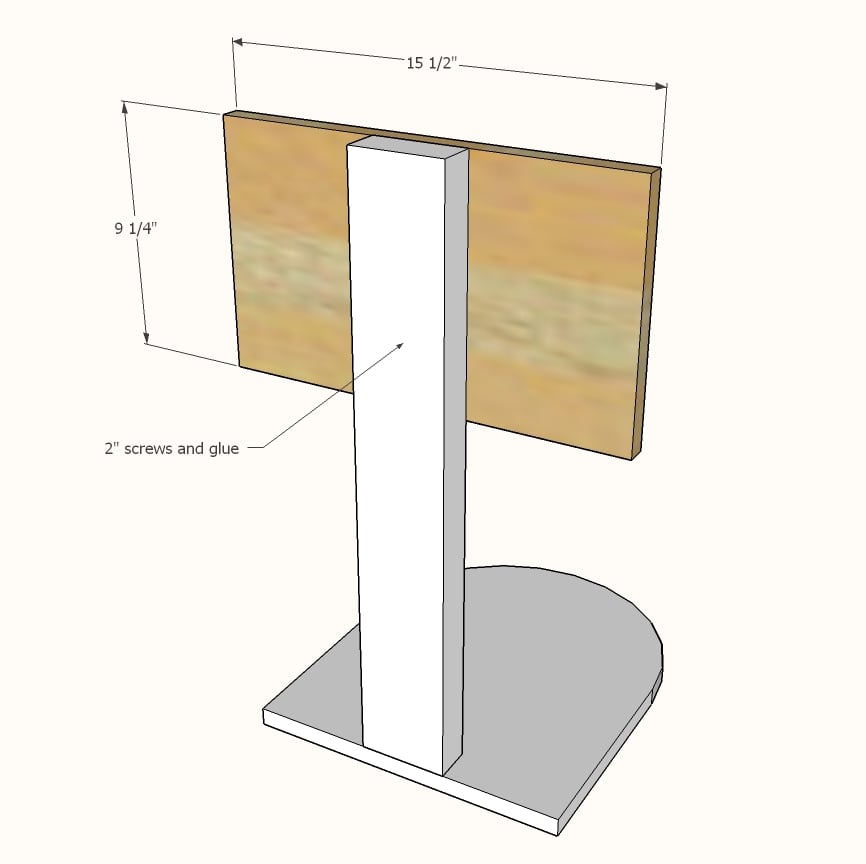

ER's are usually '2 pot" - two different components are mixed just prior to use. Elevated temperatures increase curing rate and reduce pot life.
#Types of glue used in the flexiglass basketball boards full
They are available with "pot lives (usable time before setting) of under 1 minute to hours, and time to full curing of an hour or so to a day or so. Epoxy resins are certainly highly useful. I didn't mention epoxy resin (ER), and Mike has recommended it in preference to silicone rubber (SR). Numerous others exist, but I've found silicone rubber to be the best overall. Solvents tend to be used which may have adverse effects. Latex and contact glues are low modulus and can be useful. There are numerous other adhesives which may work for you.Ĭyanoacrylate glues set fast (super glue, elephant glue), risk marring surfaces in some applications and will debond with time on some surfaces. Ventilate well if using kgs at a time :-).ĭow Corning make a wide range of SRs that are available in most countries and which have extensive technical data available. Somewhat dearer neutral cure SR's are usually straight alcohol cure and release Methyl Alcohol on setting. Oxeme cure is not suitable for polycarbonate - use alcohol cure. Oxemes may cause corrosion of bare copper. Most are "Oxeme" or alcohol cure and release oxemes and methyl alcohol. Neutral cure silicone rubbers are widely available, and cost little if any extra. This is "not too bad" in many cases but can cause corrosion in sensitive applications. "Normal" SR is acid cure and releases acetic acid during setting (smells like vinegar). Note that the silicone rubber used MUST be neutral cure where electronics or corrosion sensitive components are used.So they "breathe" - which may be good or bad depending on application. However they are not water vapor sealants - water vapor will pass through SR with time - liquid water wont. Full setting rate depends on water thickness with rates of about 3mm depth per 24 hours being typical.Īn excellent combination where mechanical retention or location using the adhesive is required is to use a "dab" of hotmelt glue to hold things in place initially and then use silicone rubber as the long term binding and antivibration agent.Īs well as their excellent low modulus and long life, SR's make excellent waterproofing and sealing agents. Setting in achieved by action of atmospheric moisture so low humidity causes longer setting times. "Skin over" occurs typically in 10 to 20 minutes. Most silicone rubbers will not flow during setting so setting time is unimportant except that the surface will be tacky at first. The long setting times are not an issue as long as the adhesive is not used to retain the objects in position but to add long term vibration resistance. Once set it will typically last for 20++ years. Setting time can be minutes to many hours - usually longer than shorter. It has reasonable strength but low modulus (somewhat stretchy) so resists vibration and impact forces superbly. It has good bonding capabilities once set - these vary with materials but primers or special variants are available for difficult materials.

People still use it and say how good it is.Ī superb solution: An excellent solution is neutral cure silicone rubber. It has good initial bonding capabilities, reasonable strength, sets within the time taken to cool (tens of seconds to minutes depending on amount and thermal conduction) and fails miserably within a period of from months to a year or so. Western solution: The most common western method is hot-glue or hotmelt glue. It has good initial bonding capabilities and strength, is fast setting and fails miserably within a period of from months to a year or so. Properly done this is a legitimate manufacturing method, even though sometimes frowned on by "proper" designers.Īsian solution: The most common method in Asian products is a white glue that sets to a hard ceramic white finish. However, it is common in many consumer products for larger mechanical items to be "held in place" or mechanically supported by an adhesive.


If initial mechanical location is required, hot-glue (hot melt glue) only to hold things in place while the silicone rubber sets.įor long term survivability, anything that needs more mechanical strength than its solder connections provide should use 'proper' mechanical restraints such as brackets, mounting clamps etc. Neutral cure silicone rubber as the long term anti-vibration and sealing agent.


 0 kommentar(er)
0 kommentar(er)
